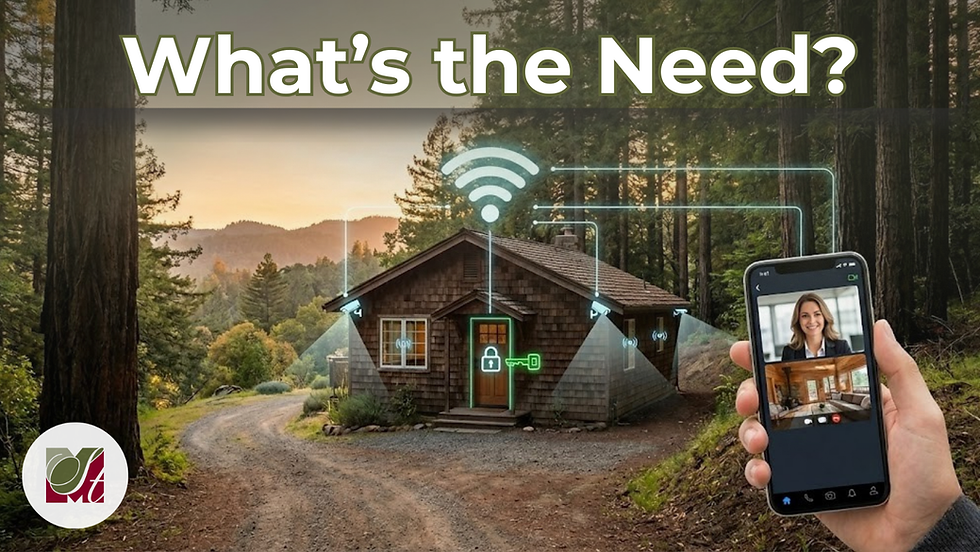How the Quake Changed Real Estate
- Datta Khalsa

- Sep 30, 2019
- 3 min read
Back when I started out in real estate in Santa Cruz, the effects of the Loma Prieta earthquake were apparent nearly everywhere you looked. Several roads were temporarily, or in some cases, permanently closed down. And many homes around the county hadn’t had their chimneys rebuilt. In fact, used bricks had become a relatively inexpensive and popular building material for anyone willing to haul them away.
Downtown, there were still a number of vacant lots where the rubble from former buildings that had been destroyed hadn’t been completely cleared, and multiple businesses were still being run out of the “tent city” that was put up, long before that term became associated with homeless installations like the Ross camp locally. And some businesses like the baked potato shop just never reopened.
The effects of the quake reached beyond just its visible impact as government agencies stepped up their regulatory practices in efforts to make things safer. State and local building codes increased the requirements for foundations, shear walls and tie downs, and surveys were done to identify masonry buildings that needed to be retrofitted or torn down due to damage, or in some cases due to an inspector and/or engineer’s opinion that they were susceptible to damage.
Not surprisingly, the disclosure requirements for real estate transactions were also increased, with the CAR adding and expanding their Geologic Hazards Disclosure form, asking Sellers or their representatives to fill in the checkboxes to indicate whether the property is located in a mapped zone for earthquakes, liquefaction, landslides, flooding or fire hazards.
Early on, Sellers and agents would fill these forms in on their own, but it became readily apparent to many that this was a liability best left up to a third-party expert, and out of this need sprang up a multi-million dollar industry that quickly filled the void with Geohazard Map Reports. As with any third-party provider, in this category there are good and there are not-so-good ones, so it is important to know the difference before choosing who you want to rely on.
A key question to ask is where their map readings are generated from, as many of the companies don’t actually have any maps of their own, but simply retrieve and relay electronic data that is already available to the consumer online if they know where to look themselves, such as a GIS mapping service. There are also many who don’t look at maps that are only available locally, and a telltale sign of this is when you see the phrase “map not yet released by the State”.
It is also worth asking the provider whether the reports are run or at least signed off by an actual geologist whom you could call if you have questions regarding the report’s findings. And do they have anyone who could actually come out to visit the property if there are specific features of concern? Similarly, it is often hit-and-miss among the various providers whether the accuracy of their reports is insured, so you should read the fine print for the disclaimers limiting their liability for the information provided. And it is worth mentioning that you shouldn’t equate the quality or the report by the size of the company providing it, any more than you might expect good nutrition from a fast-food restaurant.
Fortunately, an experienced agent should have the local knowledge to guide you to the right provider so you don’t need to sift through the many alternatives available to help you make the right choice to properly handle your disclosure needs. And this provides the peace of mind that you have given your buyers the best information available, which helps limit the disasters in your life to ones that you can’t control.


![Evolution in a Broker[age]](https://static.wixstatic.com/media/ef261c_7386a35d70534c14949fba86284afdda~mv2.png/v1/fill/w_980,h_552,al_c,q_90,usm_0.66_1.00_0.01,enc_avif,quality_auto/ef261c_7386a35d70534c14949fba86284afdda~mv2.png)


Very wonderful information about real estate. for more visit https://mantrarealty.in/